DORCHESTER’S STREETS AND UTILITIES
The earliest bylaw I have found dealing with public hygiene in Dorchester dates from 12th January 1693 when the Quarter Sessions Court sitting in the Borough ordered, “that every Inhabitant within this Borough in every Street thereof doe weekly on every Saterday well and sufficiently sweepe and cleanse before their seuerall houses, outhouses, gardens and walks, home down to the middle of the gutter or kennell, and take and carry away the dust, dirt and filth that shall be there &c.”
Towards the end of the 18th century notions of public hygiene had evolved and the inhabitants of the more important towns in England expected their local governments to ensure that they could walk in their streets safely without dirtying their clothes. London had shown the example. Dorset subsequently followed, and a print of the centre of Blandford town in 1776 shows it to have been totally paved at that date.
In Dorchester the Borough Corporation promoted a private Act of Parliament in 1775-6, “for better cleansing, lighting and watching the streets, lanes and other public passages within the Borough….and for paving the footways and repairing certain horseways of such parts thereof as are turnpike [i.e. financed by private companies who charged tolls to travellers]; and for paving the footways and repairing the horseways of such parts thereof as are not turnpike; for removing nuisances, annoyances and obstructions therein….”
Meanwhile, the Town Pump was installed in Cornhill in 1784 to provide water to the inhabitants of the town who did not have their own wells and to facilitate the cleaning of that street and of the adjacent High Street after market days (see previous blog post about The Town Pump).
The Borough then requested further powers to carry out improvements by promoting a second private Act of Parliament in 1833-4 for, “better paving, cleansing, lighting, watching, watering and otherwise improving the streets and other public passages and places within the Borough of Dorchester.”
Local public utilities were also being set up by this time to provide gas, water and sewage disposal. On 1st April 1833 the Borough issued a Licence to “The Dorchester Gas Light and Coke Company to lay down their works and pipes in the streets etc.” and on 14th October to “lay down pipes and do whatever may be necessary for lighting …. the Rooms at the Town Hall with gas….”.
The gas works were built that year on a site between Icen Way and Salisbury Fields. Production of gas on the site ceased in 1957 but most of the original buildings survive to this day, except for the gasometers (Photo 1).
Photo 1: Gas Works off Icen Way
Particularly evocative is the heavy paving laid down to take the weight of the carts delivering coke to the works (Photo 2.).
Several houses and businesses installed gas lighting at the same time as the Town Hall, for example the Antelope Inn which held a reception to inaugurate this new improved lighting which replaced its oil lamps. In my own home in the centre of town I found several 19th century gas lighting pipes under the floorboards (see for example the long L-shaped pipe in Photo 3).
Photo 3: Gas Lighting Pipes
A print of High West Street published in the1840s shows that by then it was lit by gas lamps on top of posts spaced at regular intervals down the street. Dorchester was not at the forefront of progress in this area since gas lighting had been installed in London from 1813 and in Bristol from 1817!
Typhus had been rife in Fordington for many years, caused by polluted drinking water, and its impact on public health was compounded by the outbreak of cholera in 1849, and then again in 1854 (see previous blog post about Fordington).
On 1st August 1853 the Borough had issued bylaws for, “(t)he Regulation of Street Cleansing, Removal of Refuse, and the Cleansing and Emptying of Water-Closets, Privies and Cesspools within the Borough of Dorchester” pursuant to powers contained in the Public Health Act of 1848, countersigned by Lord Palmerston, the then Home Secretary (Photo 4.).
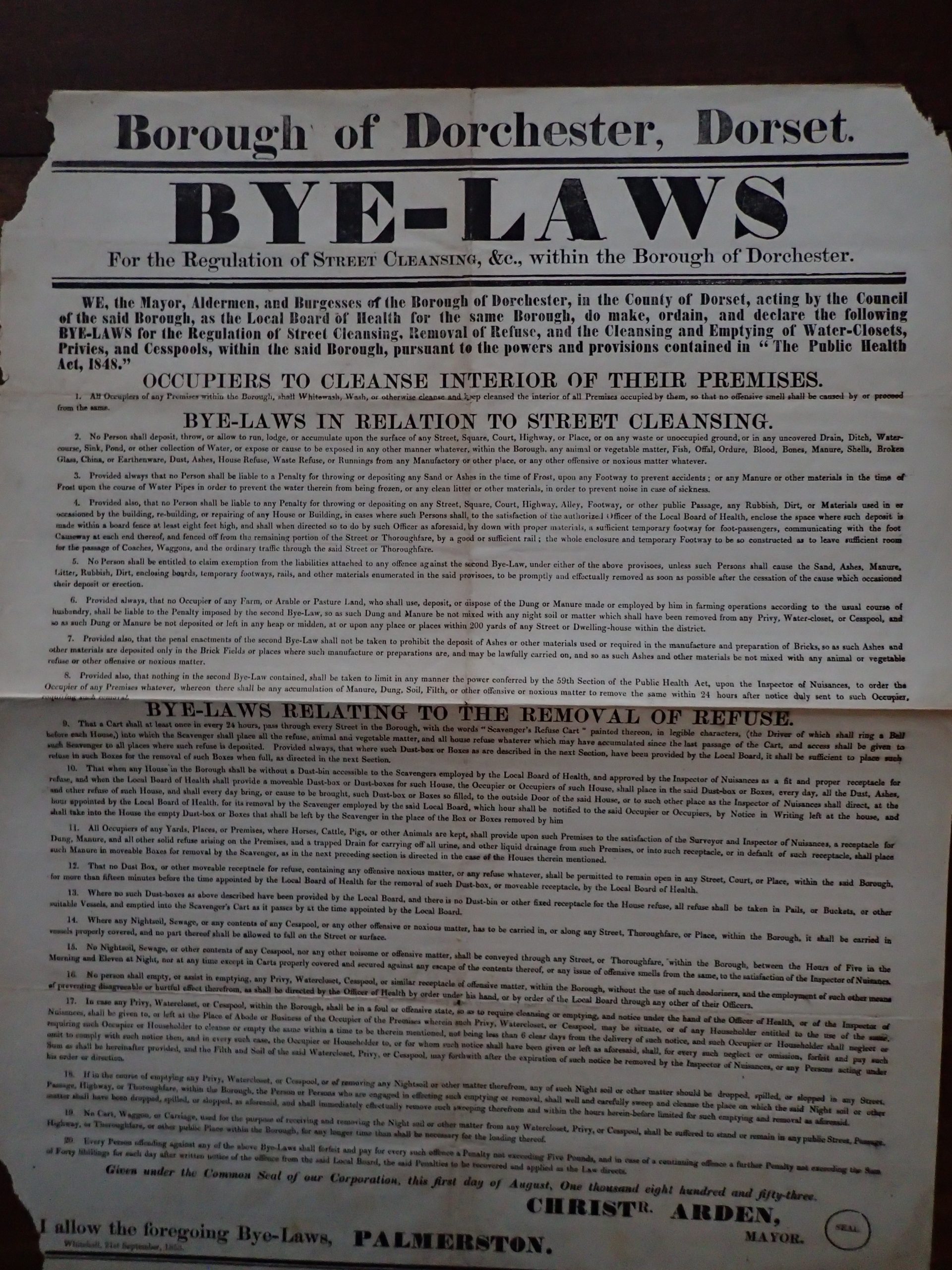 Photo 4: Dorchester Street Cleansing Bylaws 1853
Photo 4: Dorchester Street Cleansing Bylaws 1853
Regulation 1 ordered all Occupiers of any Premises within the Borough to, “Whitewash, wash or otherwise cleanse and keep cleansed the interior of all Premises occupied by them, so that no offensive smell shall be caused by or proceed from the same.” Regulation 2 provided that, “(n)o person shall deposit, throw, or allow to run, lodge or accumulate upon the surface of any Street, Square, Court, Highway, or Place, or on any waste or unoccupied ground, or in any uncovered Drain, Ditch, Water-course, Sink, Pond, or other collection of Water, or expose or cause to be exposed in any other manner whatever, within the Borough, any animal or vegetable matter, Fish, Offal, Ordure, Blood, Bones, Manure, Shells, Broken glass, China or Earthenware, Dust, Ashes, House Refuse, Waste Refuse or Runnings from any Manufactory or other place, or from any other offensive or noxious matter whatsoever.”
However, given the duty each occupier had to clean and sand the pavements in front of their premises in winter, Regulation 3 provided that, “(n)o person shall be liable to a Penalty for throwing or depositing any Sand or Ashes in the time of Frost, upon any Footway to prevent accidents; or any Manure or other materials in the time of Frost upon the course of Water Pipes in order to prevent the water therein from being frozen”.
Given the great noise made in the streets by horses’ hooves and the iron rims of wagon cartwheels, the exemption was extended to the throwing or depositing of, “any clean litter or other materials, in order to prevent noise in the case of sickness [of the occupier].”
To ensure that these Regulations were respected the Borough provided a daily waste disposal service. Thus, Regulation 9 provided for the daily removal of waste and refuse by a ‘scavenger’ appointed by the Borough. His cart was to, “at least once in every 24 hours, pass through every Street in the Borough, with the words “Scavenger’s Refuse Cart” painted thereon, in legible characters, (the Driver of which shall ring a Bell before each House) into which the Scavenger shall place all the refuse, animal and vegetable matter, and all household refuse whatever which may have accumulated since the last passage of the Cart, and access shall be given to such Scavenger to all places where such refuse is deposited”.
Each House was to be equipped with a dust-bin or dust-box of a required format, supplied by the Local Board of Health, which was to be placed in front of the house no earlier than fifteen minutes before the hour for collection notified in writing by the Borough to the occupier, who was then required to remove it from the street once emptied.
Regulations 14 to 19 governed the removal and transport of, “(n)ightsoil, Sewage, or any contents of Cesspool, or any other offensive or noxious mater”. In particular, such matter was to be, “carried in vessels properly covered, and no part of it shall be allowed to fall on the Street” in carts “properly covered and secured against any escape of the contents…. or any issue of offensive smells….” and “only between 11 o’clock at night and 4 in the morning”.
Finally, any offences against the bylaws were punished by a fine not exceeding £5 and, in the case of a continuing offence, a further penalty not exceeding forty shillings for each day the offence continued.
In response to the two cholera epidemics in Fordington a local Board of Health was set up, under the Public Health Act of 1848, and it promoted the installation of safe piped water and a sewage system for the town.
The town’s water works were established on a site to the north of Bridport Road in 1854 and work commenced on the construction of networks of water and sewage pipes for both Fordington and Dorchester. A Victorian outlet pipe for the ventilation of the sewers survives at East Gate adjacent to the Malt House and is protected as a listed building.
This initiative followed hard on the heels of the Metropolis Water Act of 1852 which provided that all London’s piped drinking water was to be filtered and free of contamination and the law passed in 1858 to create a unified sewage system for the capital.
The sewage works were established in part of Loud’s Mill, which formerly had been a flourishing factory producing worsted cloth from sheep’s wool from the end of the eighteenth century until the 1840s (Photo 5.).
The most prominent feature of the water works, which remains to this day on the same site off Bridport Road, is the water tower (Photo 6.).
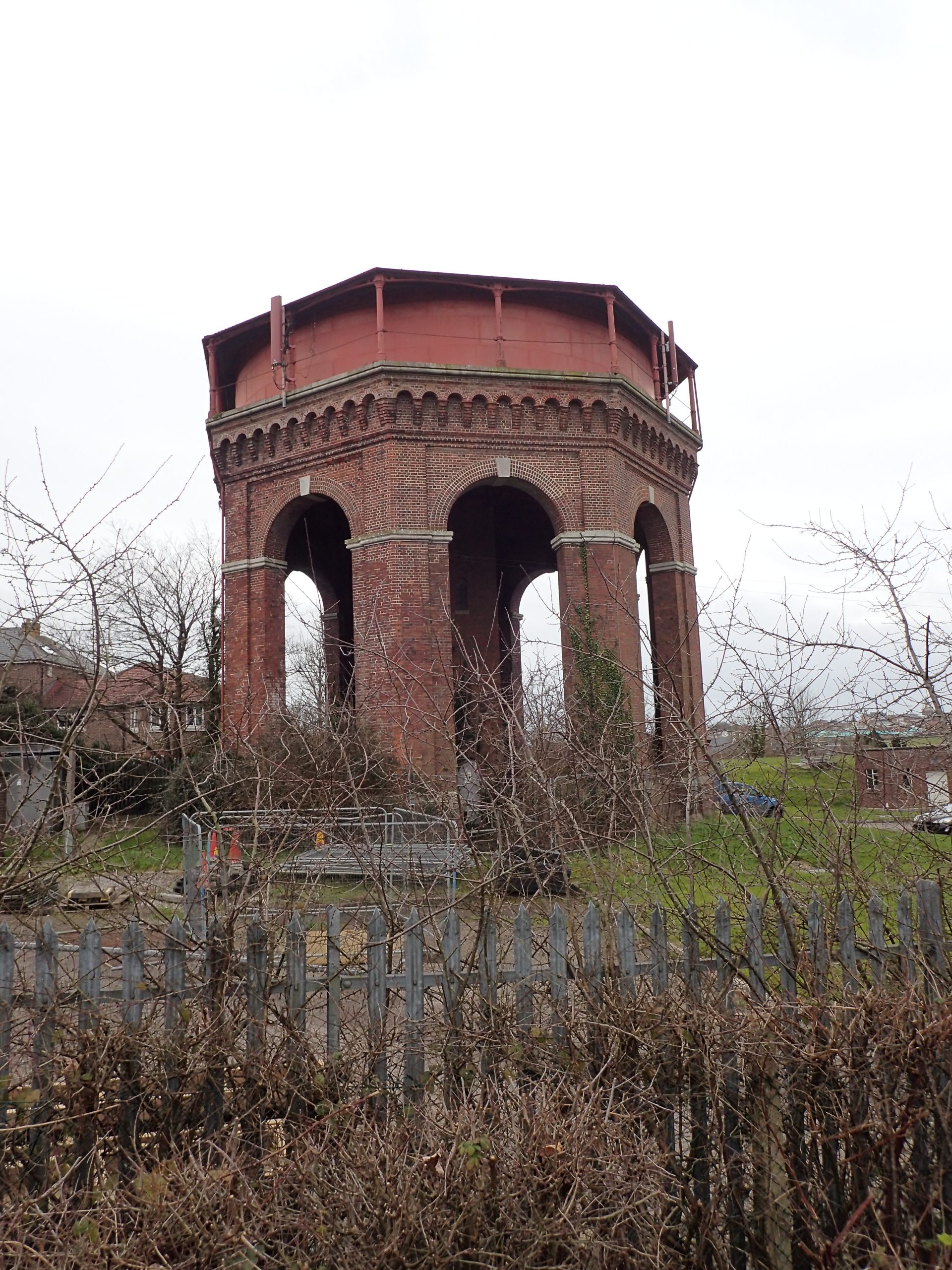 Photo 6: Bridport Road Water Tower
Photo 6: Bridport Road Water Tower
This was constructed in 1880 to increase pressure in the delivery of water to the town necessitated by the spate of construction of new homes off the Weymouth Road and along the railway lines. It is octagonal in form and constructed in red brick. Its parapet, which conceals the top of the water tank housed within the tower, is decorated with mock machicolations in order to resemble a castle tower. Again, it is a listed building.
Lastly, it is interesting to note that The Corn Exchange, which was completed in 1848, contained a public lavatory in the basement, traces of which were discovered in its recent restoration. One can speculate whether they were installed in 1848, or only after the first public toilets were inaugurated in the building housing the Great Exhibition in 1851 or when the first underground conveniences were installed in the Capital’s Royal Exchange in 1854.
Ian Gosling,
Chair of Dorchester Civic Society
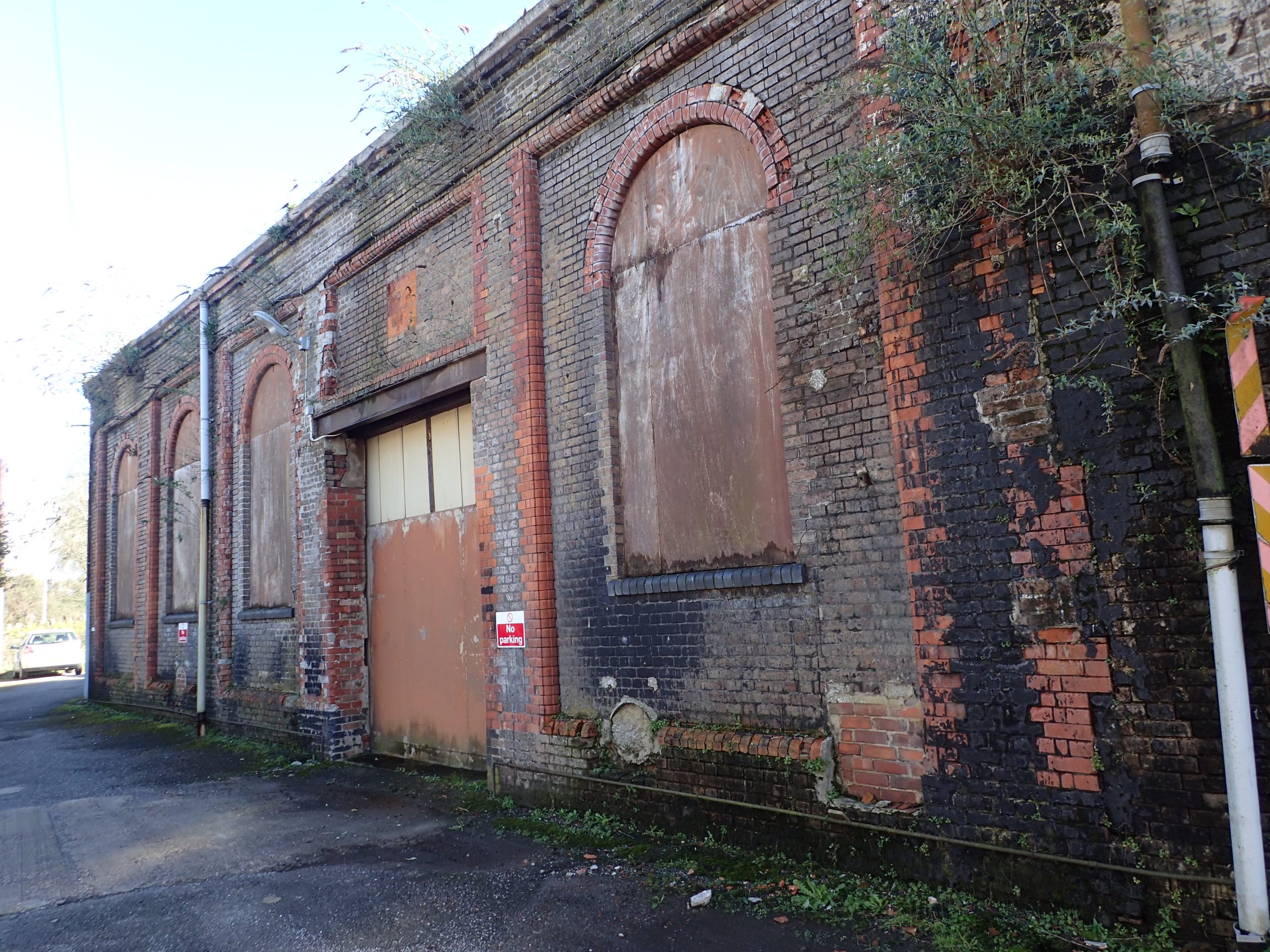
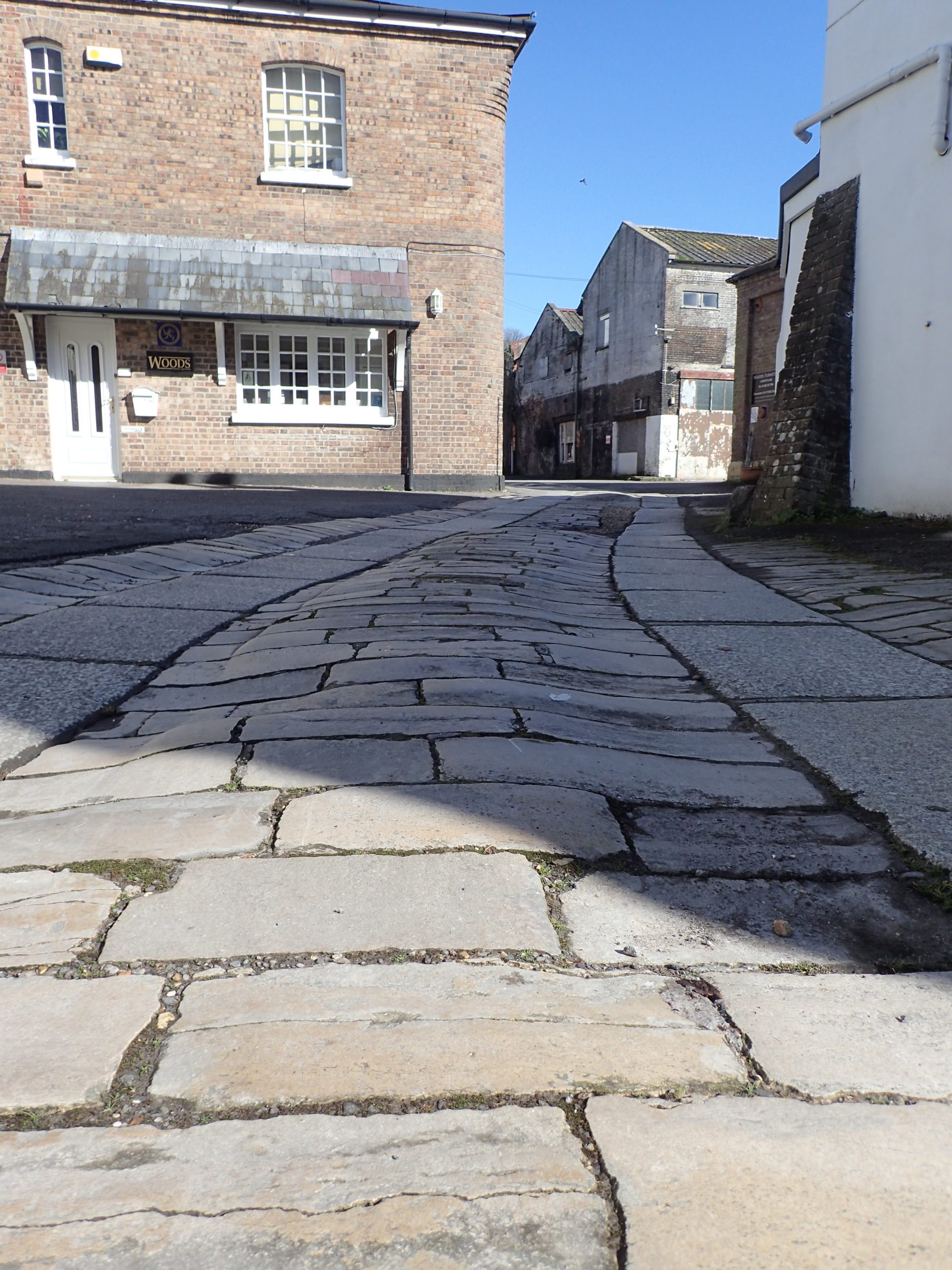
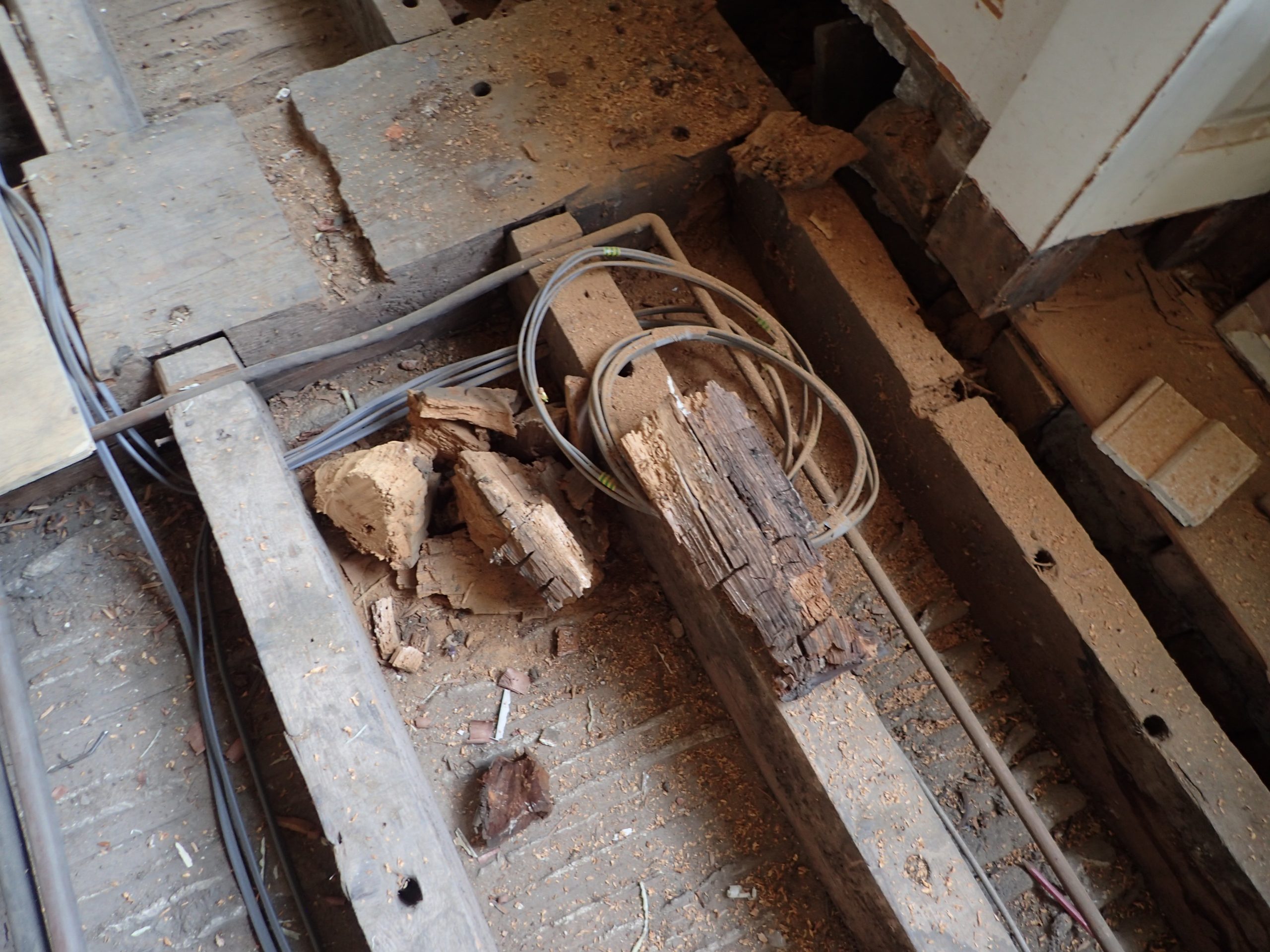
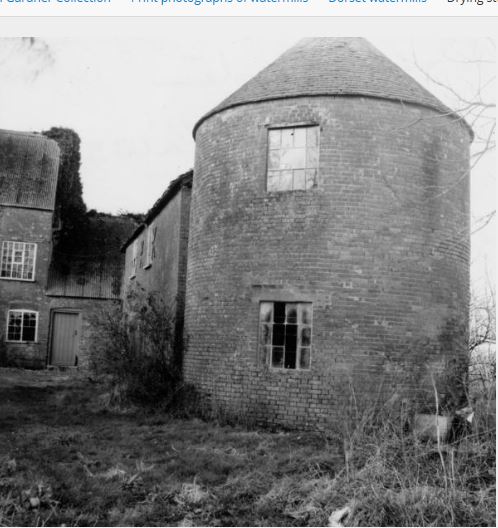 Photo 5: Loud’s Mill
Photo 5: Loud’s Mill
Recent Comments